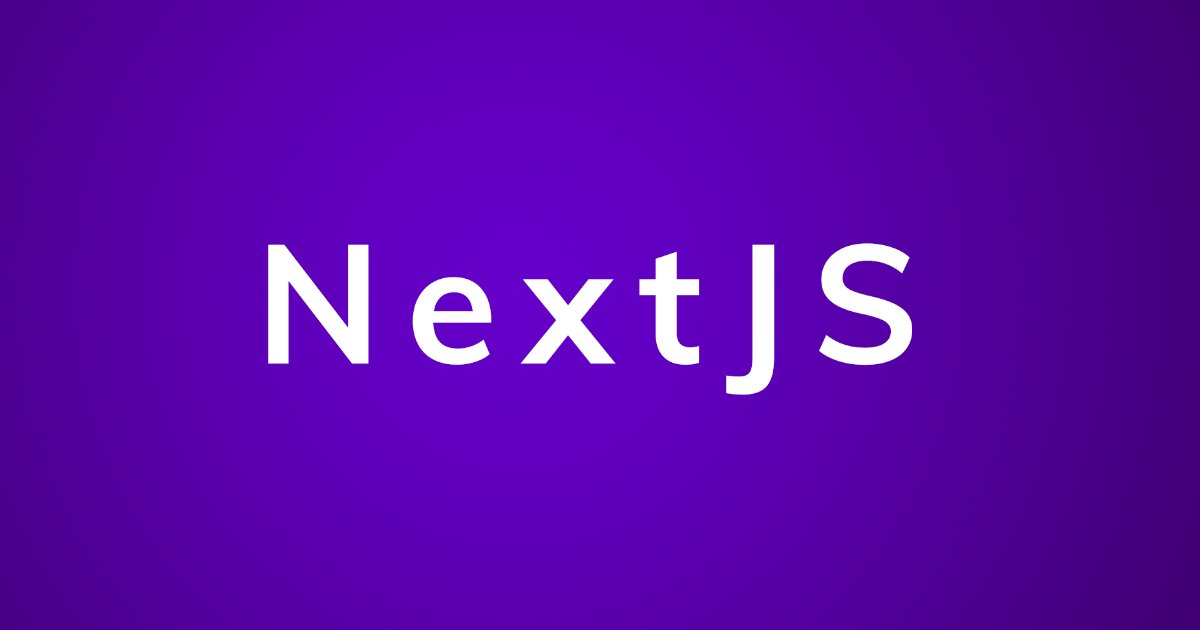Next.js is a popular JavaScript framework that makes it easy to build server-rendered React applications. In this beginner’s guide, we’ll take a look at what Next.js is, why you might want to use it, and how to get started building your first Next.js application.
What is Next.js?
Next.js is a framework that allows you to build server-rendered React applications. This means that when a user requests a page on your website, the server will render the page and send the HTML to the user’s browser. This differs from a traditional client-rendered React application, where the JavaScript runs in the user’s browser and renders the page.
Why use Next.js?
There are several reasons why you might want to use Next.js for your React application. One of the main benefits is that server-rendered pages load faster and are more SEO-friendly. This is because the HTML is already rendered on the server and sent to the browser, so the user doesn’t have to wait for the JavaScript to load and run before seeing the content. Additionally, Next.js has built-in support for server-side rendering and code splitting, which can improve the performance of your application.
Getting Started with Next.js
To get started with Next.js, you’ll need to have Node.js and npm (the package manager for Node.js) installed on your computer. You can download Node.js and npm from the official website.
Once you have Node.js and npm installed, you can create a new Next.js application using the “create-next-app” command. Open your command line and run the following command:
npx create-next-app my-app
This will create a new directory called “my-app” with the basic structure of a Next.js application.
Next, navigate into the “my-app” directory and start the development server by running the following command:
cd my-app npm run dev
This will start the development server and open your application in a web browser. You should see a “Welcome to Next.js” page.
Now you have a basic Next.js application running. You can start building your application by editing the files in the “pages” directory. Each file in the “pages” directory corresponds to a route in your application.
For example, if you create a file called “about.js” in the “pages” directory, it will be available at “http://localhost:3000/about”.
Note: The above example is just a quick start guide, but there are many other features and functionalities of Next.js that you can use, like dynamic routing, static site generation, serverless deployment and many more. You can find the official documentation of Next.js here https://nextjs.org/docs/getting-started.
Is Next.js beginner friendly?
Next.js is considered beginner-friendly for developers who are familiar with React.js and have a good understanding of JavaScript and web development concepts. Next.js provides a simple and easy-to-use structure for building server-rendered React applications, and its built-in features such as automatic code splitting and server-side rendering can help improve the performance of your application.
Next.js also has a large and active community, which means there are plenty of resources available such as documentation, tutorials, and examples to help you get started and overcome any challenges you may encounter. Additionally, the create-next-app tool makes it easy to set up a new Next.js project and start building your application right away.
That being said, if you are new to React and web development, you might find Next.js a bit challenging to start with, as it assumes a certain level of familiarity with React and JavaScript. However, with a little bit of effort and some practice, you can quickly learn the basics of Next.js and start building your own applications.
Can I learn Next.js without knowing React?
Technically, you can learn Next.js without knowing React, but it would be much more difficult and time-consuming. Next.js is built on top of React and uses many of the same concepts and patterns, such as components, state, and JSX. Understanding these concepts and patterns is crucial to being able to effectively use Next.js.
Additionally, React is a JavaScript library for building user interfaces, and Next.js is a framework that uses React to build server-rendered applications. So, if you don’t know React, you will also not be familiar with how to build and structure a React application, which Next.js is.
It’s highly recommended to learn React first before diving into Next.js, as it will make it much easier to understand and use the framework. There are many resources available for learning React, such as the official React documentation, tutorials, and online courses.
In short, while it’s possible to learn Next.js without knowing React, it would be much more difficult and time-consuming. It’s recommended to have a good understanding of React before learning Next.js.
Is Next.js harder than React?
Next.js is not necessarily harder than React, but it does add additional complexity and concepts to learn on top of React. While React is a JavaScript library for building user interfaces, Next.js is a framework that uses React to build server-rendered applications. This means that Next.js adds additional functionality and features such as automatic code splitting, server-side rendering, and dynamic routing that you need to learn and understand.
However, Next.js also provides a lot of built-in functionality and abstractions that can make building a React application easier and more efficient. For example, Next.js’s automatic code splitting and server-side rendering can improve the performance of your application, and its file-based routing system can make it easier to organize your application’s routes.
In short, Next.js is not harder than React, but it does add additional complexity and concepts to learn. If you already have a good understanding of React, learning Next.js should not be too challenging. And once you learn Next.js, it will make your development experience more efficient and effective.
Conclusion
Next.js is a powerful framework for building server-rendered React applications. With its built-in support for server-side rendering and code splitting, Next.js can help you improve the performance of your application. And with this beginner’s guide, you should now have a basic understanding of how to get started with Next.js and start building your own applications.
